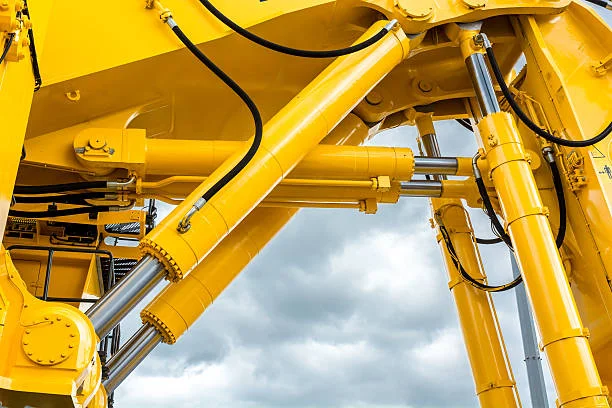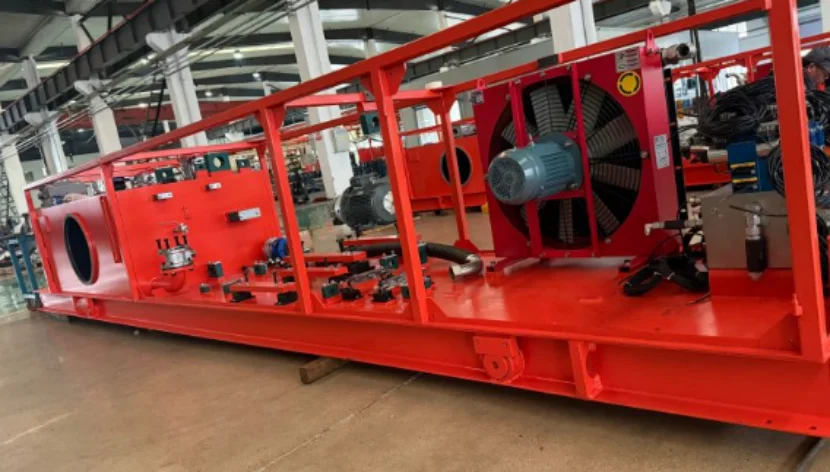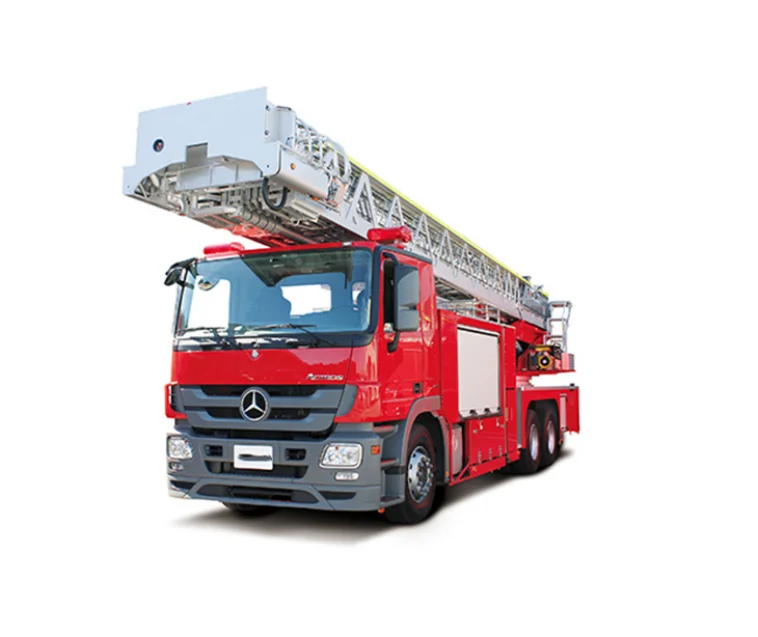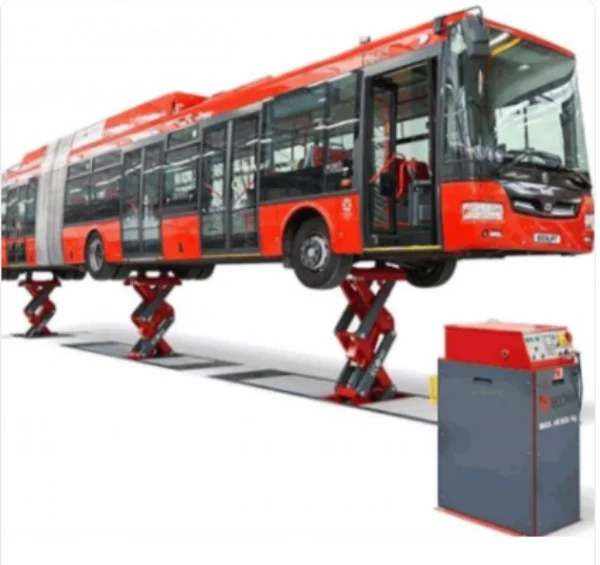Key Indicators of Hydraulic Cylinder Malfunctions
Recognizing Performance Drops in Hydraulic Systems
When hydraulic systems start working poorly, it often means there’s trouble with the hydraulic cylinder. These signs show the cylinder isn’t working well. They could come from worn-out parts, dirty fluid, or pieces not lined up right. Watching for these changes is super important. It helps stop bigger damage and keeps the system running great.
Common Causes When a Cylinder Stops Hydraulic Operations
If a cylinder stops hydraulic operations, a few things might be wrong. Air trapped in the system can mess up fluid flow and pressure. Also, broken seals or gaskets can cause leaks inside, which cuts power. Sometimes, blockages or damaged parts like pistons or rods stop the cylinder completely. Checking and fixing things regularly can catch these problems early.
Identifying Leaks and Seal Failures
Leaks are a big clue that a hydraulic cylinder needs repair. You might see fluid dripping around seals, connections, or fittings. Internal leaks can make the system less strong or move unevenly. Seals often break because of wear, bad setup, or tough conditions. Fixing leaks quickly is key. It keeps the system working right and stops harm to the environment.
Situations That Require Immediate Hydraulic Cylinder Repair
The Role of Hydraulic Cylinder Repair Tools in Diagnosing Issues
Hydraulic cylinder repair tools are super helpful for finding and fixing problems. Tools like pressure gauges, seal kits, and rod straighteners let workers spot issues clearly. They also help make repairs fast and right. Using good tools means repairs last longer and keep the cylinder working for years.
Addressing Rod or Barrel Deformations
Bent rods or damaged barrels are serious and need quick fixes. A bent rod can throw things out of line, wearing out seals and bearings. A damaged barrel can weaken the whole cylinder. These problems often come from lifting too much or hitting something hard. Straightening rods or replacing barrels fast gets the cylinder back to work and stops more issues.
Evaluating Wear and Tear in Heavy Duty Hydraulic Cylinders
Signs of Excessive Wear on Piston Rods and Bearings
Heavy-duty hydraulic cylinders face tough conditions that wear out piston rods and bearings fast. Scratches, pits, or odd colors on rods show too much wear. This might happen because of dirt or not enough grease. Worn bearings can make strange shakes or noises when the cylinder runs. Checking often helps find these signs early. Then, you can replace worn parts before they cause trouble.
How Contaminants Impact Cylinder Efficiency
Dirt, metal bits, or water in the system hurts hydraulic cylinder performance. These contaminants scrape internal parts and clog filters. Dirty fluid doesn’t lubricate well and can cause rust. Using good filters and keeping the work area clean helps keep contaminants out.
Shining Hydraulic Customization Service offers special solutions to fix problems in hydraulic systems for different industries.
When to Consider Full Replacement Over Repair
Comparing Costs Between Hydraulic Cylinder Repair and Replacement
Deciding whether to do hydraulic cylinder repair or get a new one depends on cost and benefits. Fixing small problems like seal leaks is often cheaper. But big damage, like badly bent rods or cracked barrels, can cost as much to fix as a new cylinder. In those cases, replacing it is smarter and more reliable. Also, old cylinders with outdated designs might not work well even after fixes. A new one can boost work and last longer.
Downtime matters, too. Repairs can take a while, especially if you need special parts or tools. Replacing the cylinder with a new one gets things running faster. Companies like Shining Hydraulic make strong, efficient hydraulic cylinders for long-term use.
Persistent Issues That Indicate the Need for Replacement
If problems keep coming back even after fixes, it’s time to think about replacement. For example, if a cylinder stops hydraulic operations over and over because of leaks or blockages, it might have deeper weaknesses. Fixing it won’t help for long. Frequent seal breaks or rod alignment issues also show the cylinder can’t handle the job anymore.
Too much wear on parts like piston rods or bearings is another sign. If these parts are badly damaged despite regular care, a new cylinder is better. Newer hydraulic cylinders can also improve system performance and cut future repair costs.
Preventive Measures to Extend the Lifespan of Hydraulic Cylinders
Importance of Regular Maintenance for Heavy Duty Cylinders
Checking often helps find issues like leaks, worn seals, or dirty fluid before they get bad. Cleaning or replacing filters keeps contaminants out and stops wear on parts.
Greasing moving parts is also super important. It cuts friction and keeps wear low. Workers should check rod and barrel alignment during maintenance. Bad alignment can mess up performance and cause uneven wear. A smart maintenance plan that fits your equipment’s needs saves downtime and makes things run better. Shining Hydraulic offers custom care plans for different industries.
Using Proper Hydraulic Cylinder Repair Tools for Routine Checks
Using the right hydraulic cylinder repair tools is a must for good maintenance. Pressure gauges help workers check system pressure and spot problems early. Seal kits make it easy to replace worn seals fast. Rod straighteners fix small bends without hurting the cylinder more.
Torque wrenches are great for tightening connections just right. Over-tightening can stress parts and cause breaks. Good tools make maintenance easier and repairs more exact. This helps cylinders last longer. Workers should learn how to use these tools well.
Frequently Asked Questions
What are common signs that indicate my hydraulic cylinder needs replacement?
Leaks that keep happening, frequent seal breaks, badly bent rods, or problems that don’t stop after fixes show it’s time for a new cylinder.
What preventive measures can extend the lifespan of my hydraulic cylinders?
Check for leaks often, grease parts, keep things aligned, and use good hydraulic cylinder repair tools for regular maintenance.
When should I consider replacing instead of repairing my hydraulic cylinder?
Replace it when repair costs are close to a new cylinder’s price or when problems keep coming back despite fixes.
How can I ensure efficient operation after installing a new hydraulic cylinder?
Follow the maker’s rules for setup and use. Check fluid levels, keep it clean, watch pressure, and fix issues fast.
To explore custom solutions for your needs, reach out to Shining Hydraulic today!





.webp)




